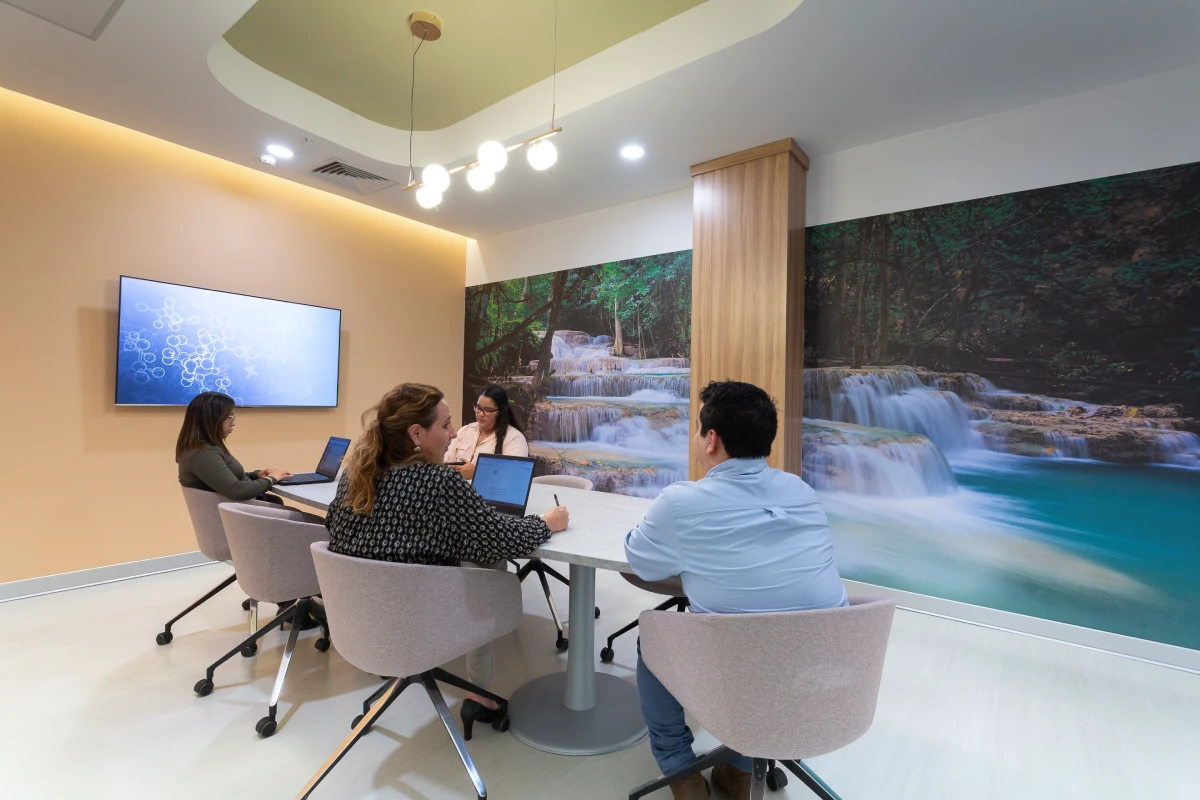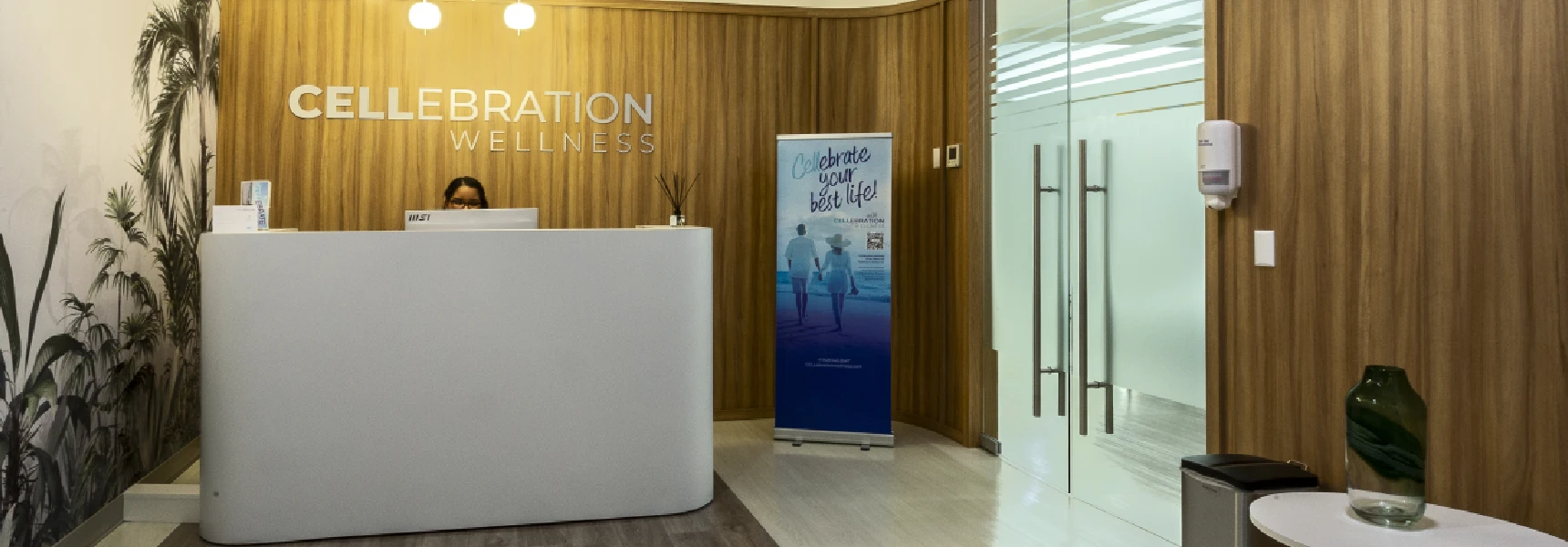Design
The Future of Healthcare: Why Hospital Design Matters More Than Ever
.webp)
As the healthcare industry evolves, hospitals are facing unprecedented challenges—from increased patient demands and technological advancements to the need for more efficient, adaptable, and patient-centric spaces. The hospitals of tomorrow must be intelligent, flexible, and designed to enhance both patient care and operational efficiency.
Prototyping the hospital of the future involves integrating cutting-edge technology, modular design concepts, and data-driven decision-making to create healthcare environments that can evolve with changing medical needs. In this blog, we explore how hospitals are being reimagined through prototyping and innovation.
Key Trends Driving Hospital Prototyping
1. Smart Healthcare Infrastructure & AI-Driven Design
Artificial Intelligence (AI) is revolutionizing hospital planning by analyzing patient flow, space utilization, and medical staff efficiency. AI-driven hospital design enables:
- Predictive space planning based on patient admission trends.
- Automated layout optimization to improve efficiency.
- Real-time tracking of equipment and staff to reduce wait times and improve care coordination.
By leveraging AI, hospitals can create spaces that maximize both patient comfort and operational effectiveness.
2. Modular & Flexible Hospital Design
.webp)
Traditional hospital buildings are rigid and expensive to modify. The future of hospital design lies in modular construction, allowing for:
- Quick adaptation to healthcare crises (such as pandemics or natural disasters).
- Scalable designs that can expand or contract based on patient volume.
- Standardized yet customizable units that reduce construction costs and build times.
Modular hospitals provide a cost-effective solution to rapidly evolving healthcare needs.
3. Patient-Centered Environments
Hospitals are no longer just about treating diseases—they’re about enhancing the overall patient experience. Future hospital designs incorporate:
- Biophilic design elements (natural light, green spaces) to improve patient recovery rates.
- Noise reduction technology to create a calmer healing environment.
- Personalized patient rooms with adjustable lighting, temperature, and entertainment options.
A human-centric approach to hospital design enhances both patient satisfaction and clinical outcomes.
4. The Role of Digital Twin Technology

Digital twins—virtual replicas of real-world hospital environments—allow designers to simulate and optimize hospital workflows before construction. This technology enables:
- Scenario testing for emergency preparedness.
- Real-time adjustments to layouts based on data analysis.
- Improved efficiency in hospital logistics and staff movements.
By using digital twin simulations, hospitals can refine designs in a risk-free environment before implementation.
5. Robotics & Automation in Hospital Design
Robotic systems and automation are becoming integral to modern hospital prototypes, improving efficiency and reducing strain on medical professionals. Key advancements include:
- Automated medicine dispensers and robotic surgical assistants.
- Autonomous cleaning and disinfection robots to enhance hygiene.
- AI-powered patient transport systems to reduce manual labor for staff.
By integrating robotics into hospital design, healthcare facilities can operate more efficiently while maintaining a high standard of patient care.
6. IoT-Enabled Smart Hospitals
The Internet of Things (IoT) is playing a critical role in future hospital designs, connecting devices to monitor, analyze, and automate hospital operations. IoT applications include:
- Smart beds that track patient movement and adjust positions for comfort.
- Real-time monitoring of medical equipment and supplies.
- Intelligent HVAC and lighting systems to improve energy efficiency.
IoT-powered hospitals enhance both patient care and operational efficiency, ensuring that resources are used effectively.
Challenges & Considerations in Prototyping Future Hospitals
1. Balancing Technology & Human-Centered Care
While technological advancements improve hospital efficiency, human interaction remains essential. Future hospital prototypes must integrate automation and AI without compromising compassionate, hands-on care.
2. Adapting to Changing Healthcare Policies
Regulatory frameworks and healthcare policies differ across regions, making it crucial for future hospitals to be compliant with evolving legal and safety requirements.
3. Addressing Sustainability & Energy Efficiency
Hospitals consume vast amounts of energy. Prototyping the hospital of the future requires a focus on sustainable building materials, renewable energy sources, and waste reduction strategies.
The Future of Healthcare Facilities: A Collaborative Effort
Designing the hospital of the future is a multidisciplinary effort, requiring collaboration between architects, medical professionals, technology experts, and policymakers. By leveraging AI-driven design, modular construction, and automation, hospitals can be more adaptable, efficient, and patient-focused than ever before.
Partner with Experts in Healthcare Architecture
At AI Spaces we specialize in designing next-generation healthcare facilities that integrate cutting-edge technology with patient-centered care. Whether you’re planning a new hospital, expanding an existing facility, or exploring modular healthcare solutions, we can help bring your vision to life.
Contact us today to discuss how we can help you prototype the hospital of the future.



